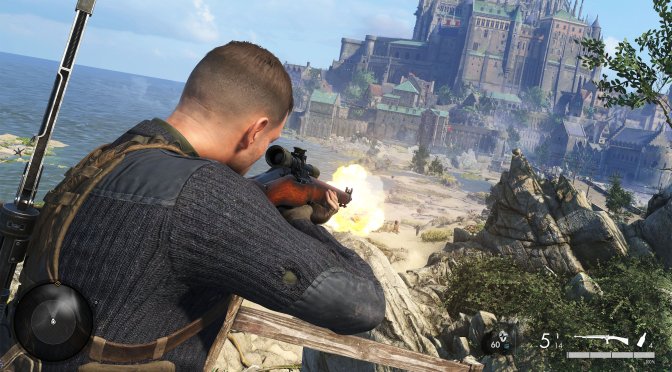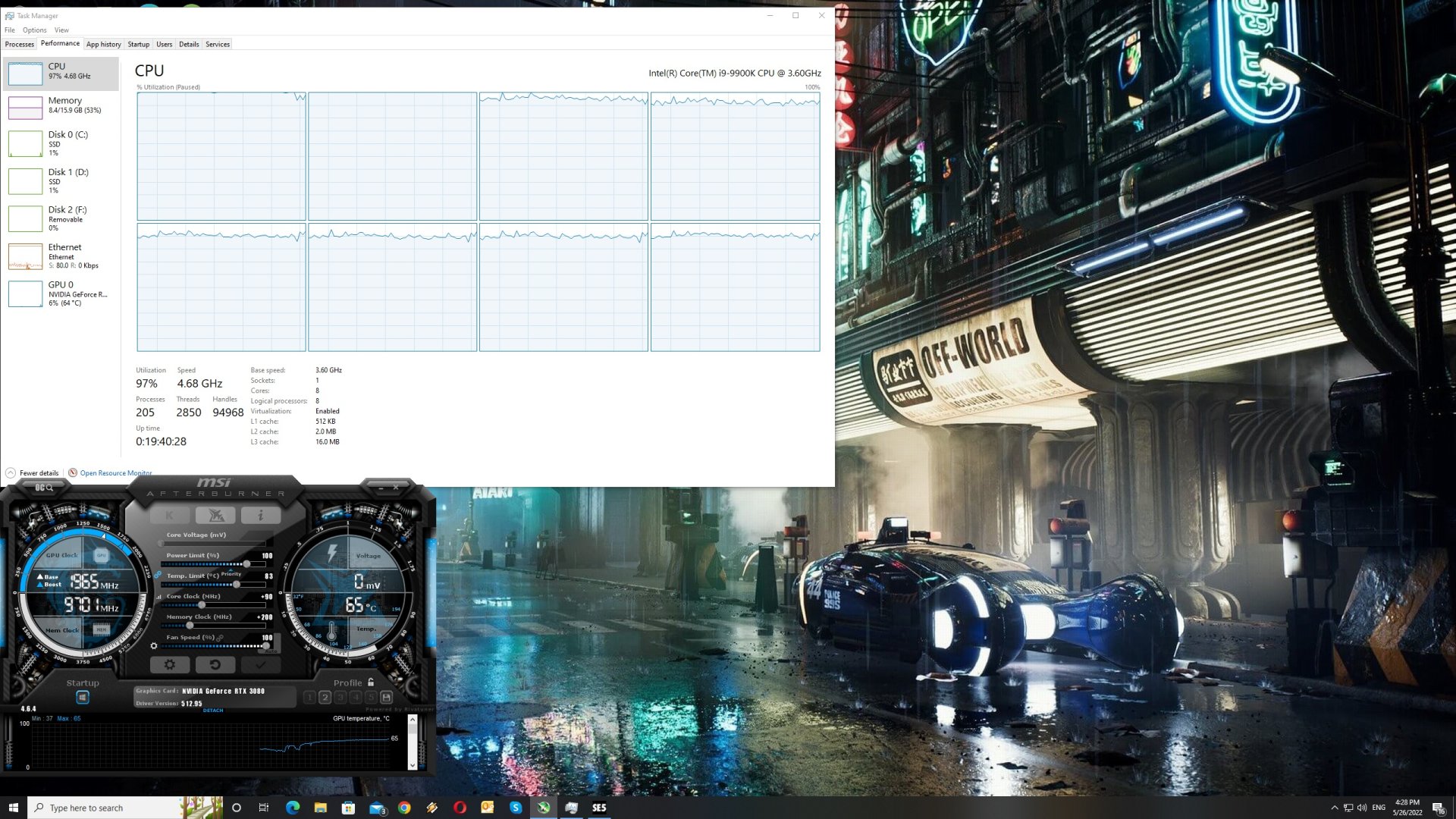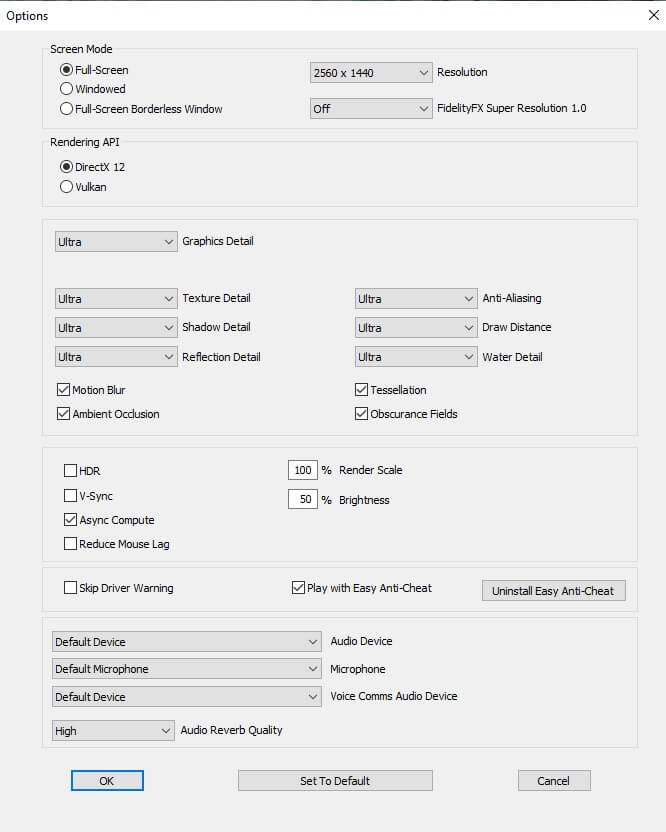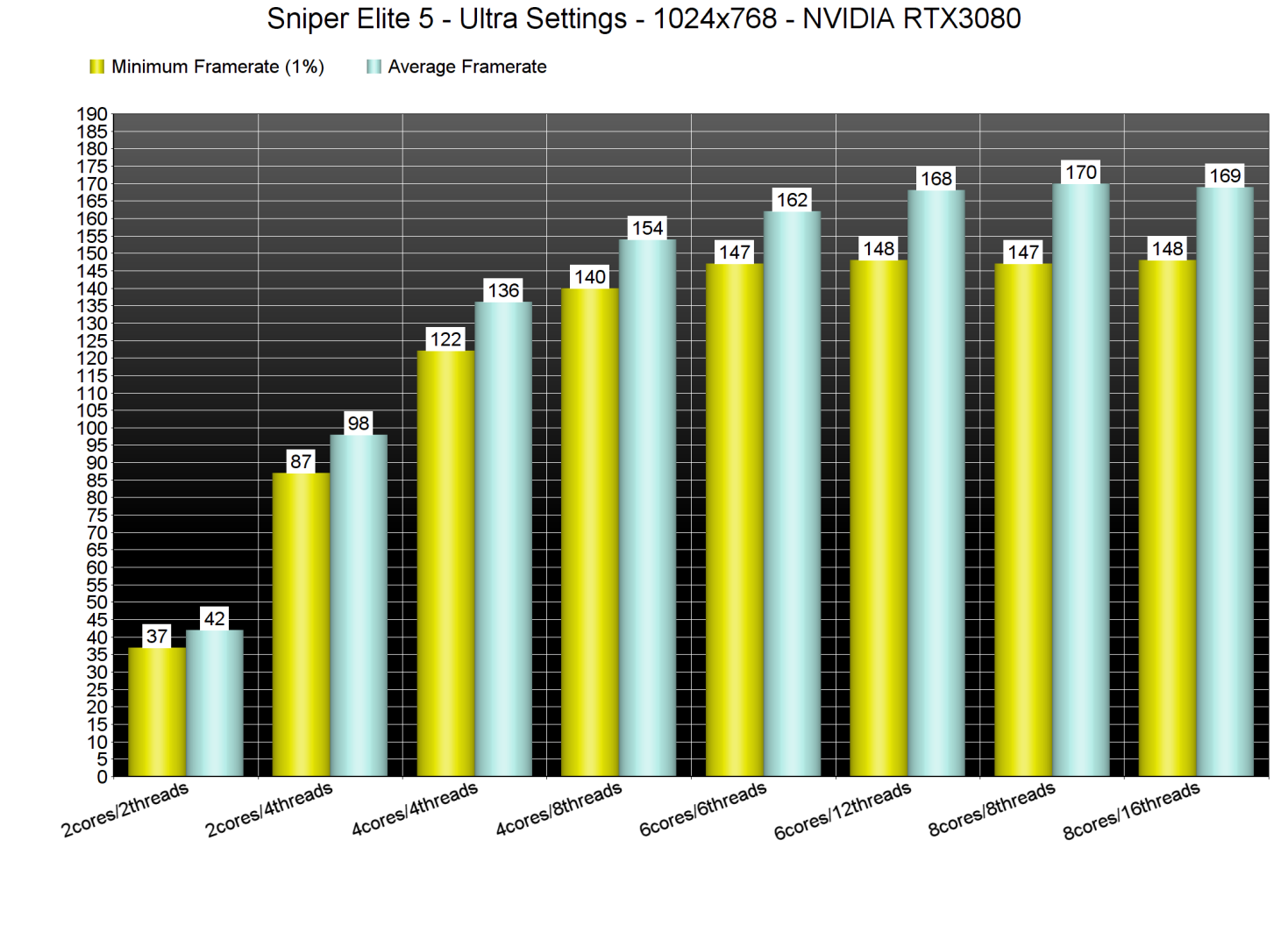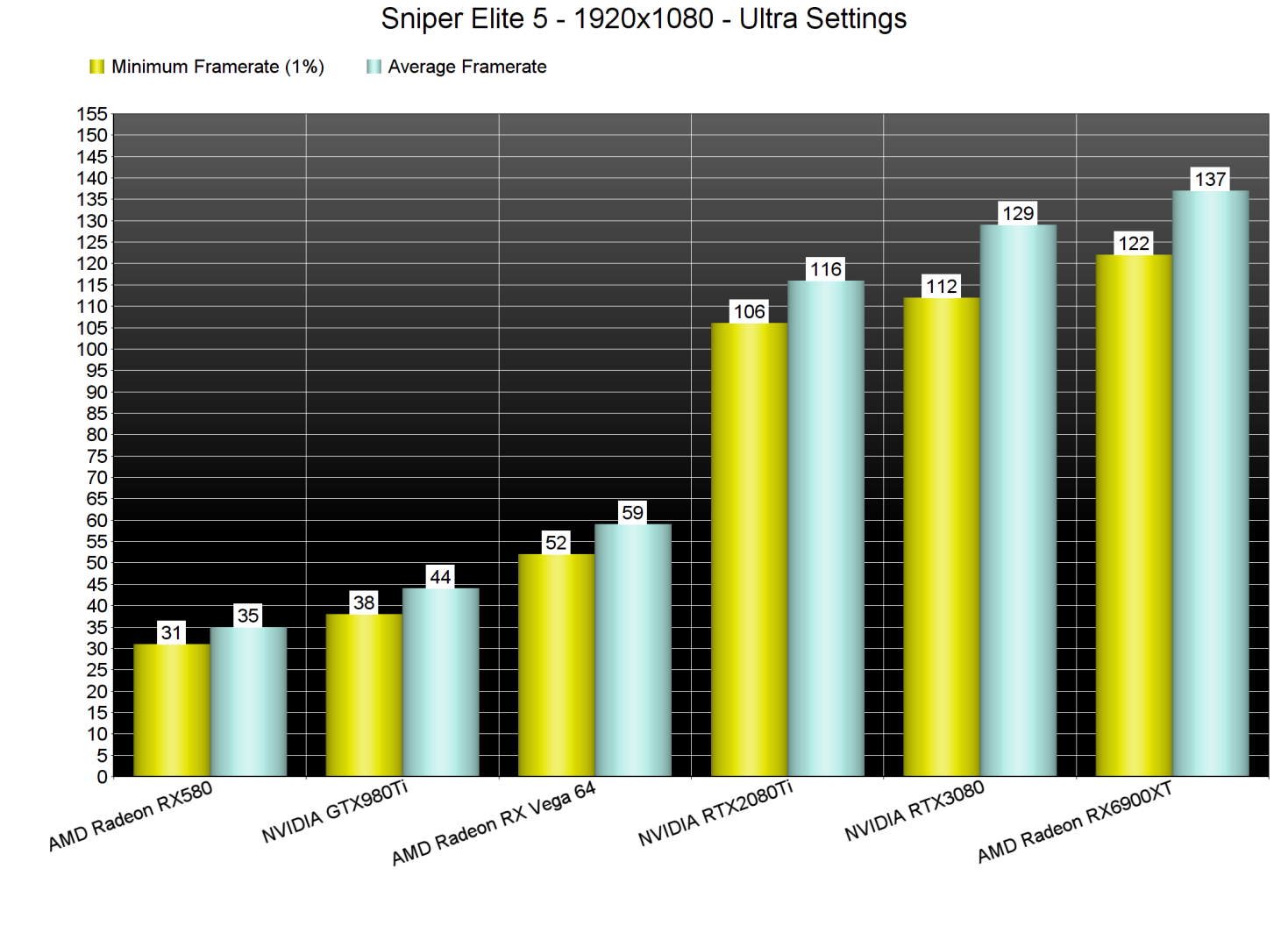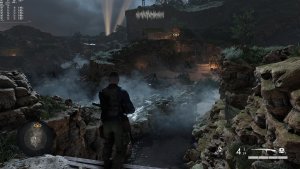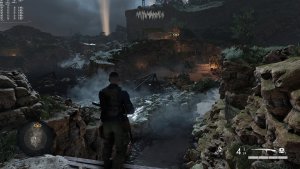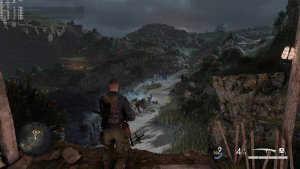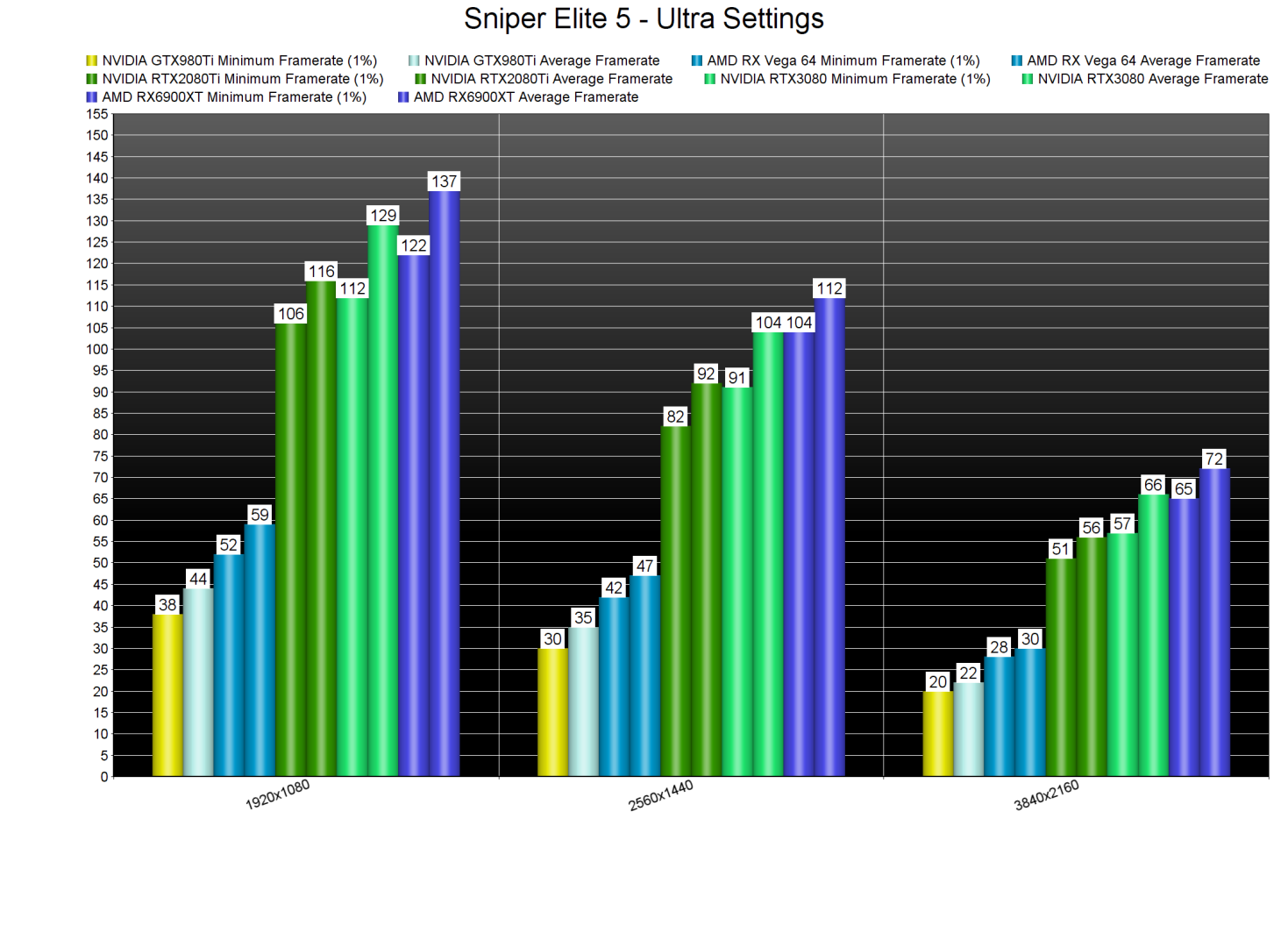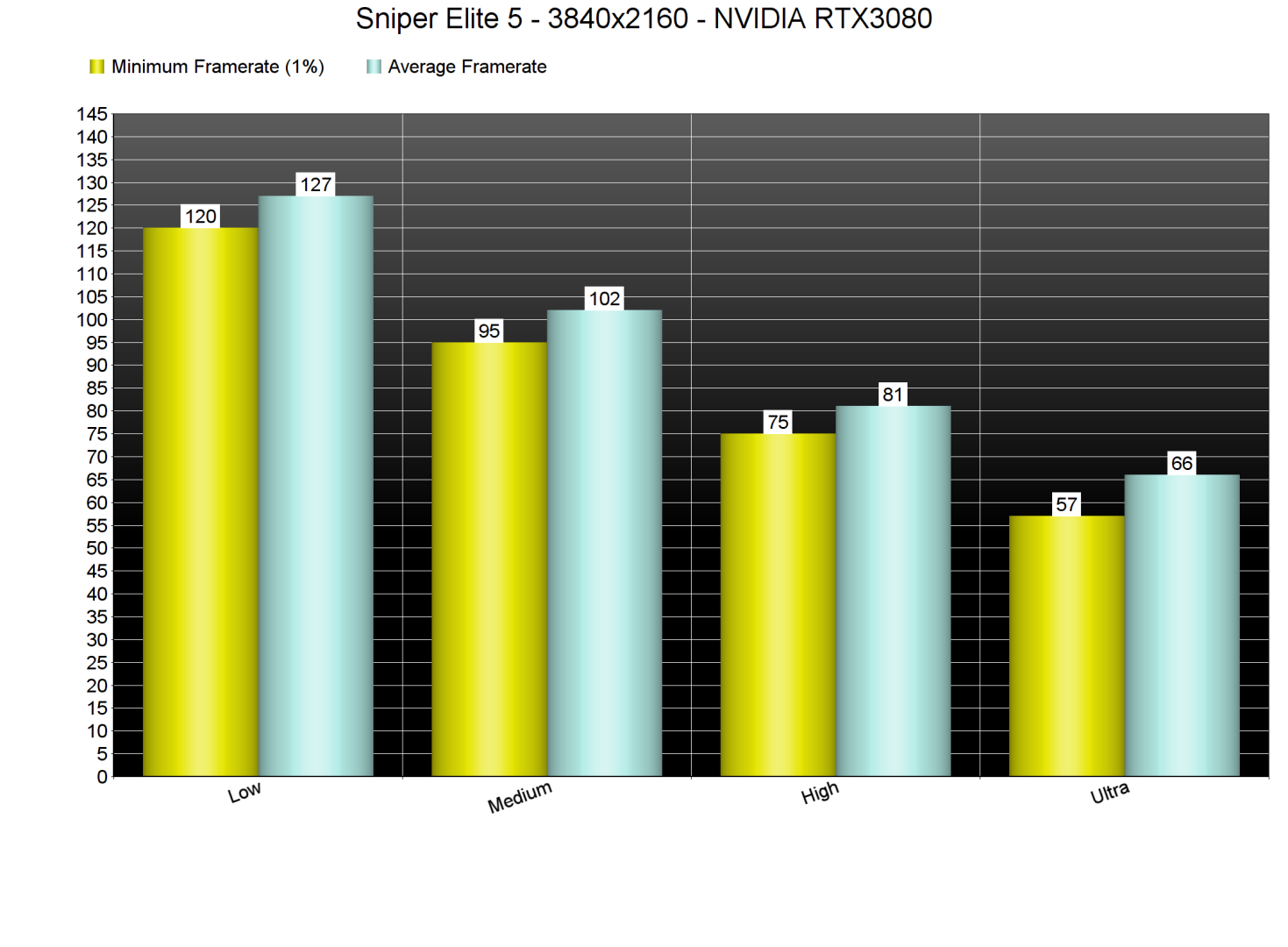Rebellion has just released the latest part in the Sniper Elite series, Sniper Elite 5. Powered by the Asura Engine, it’s time now to benchmark it and see how it performs on the PC platform.
For this PC Performance Analysis, we used an Intel i9 9900K with 16GB of DDR4 at 3800Mhz, AMD’s Radeon RX580, RX Vega 64, RX 6900XT, NVIDIA’s GTX980Ti, RTX 2080Ti and RTX 3080. We also used Windows 10 64-bit, the GeForce 512.95 and the Radeon Software Adrenalin 2020 Edition 22.5.2 drivers.
Rebellion has added a respectable number of graphics settings to tweak. PC gamers can adjust the quality of Textures, Shadows, Reflections, Anti-Aliasing, Draw Distance and Water. There are also options for Motion Blur, Ambient Occlusion, Tessellation and Obscurance Fields. The game also supports both DX12 and Vulkan.
Sniper Elite 5 does not feature any built-in benchmark tool. As such, we’ve benchmarked the game’s starting area from the first main mission.
In order to find out how the game scales on multiple CPU threads, we simulated a dual-core, a quad-core and a hexa-core CPU. For our CPU benchmarks, we lowered our resolution to 1024×768 (so that we can eliminate any possible GPU bottlenecks). Unfortunately, our dual-core system was unable to offer a smooth gameplay experience. Even when we enabled Hyper-Threading (and were hitting framerates higher than 60fps), we encountered numerous stuttering issues. This basically means that you will need at least a modern-day quad-core system. Thankfully, though, with a quad-core, you can enjoy framerates higher than 120fps.
Sniper Elite 5 is mostly a GPU-bound title, stressing all GPUs even at 1080p. The only GPUs that were able to run the game smoothly were the RTX2080Ti, RTX3080 and RX 6900XT. The Vega 64 could also hit 60fps with AMD FSR 1.0 enabled. However, we are against doing so as FSR 1.0 makes the game look blurry.
Below you can find some comparison screenshots between 4K native (left) and AMD FSR 1.0 Ultra Quality (right). As you can clearly see, the AMD FSR screenshots look worse as they are blurrier and have more aliasing. Let’s hope that Rebellion will add support for AMD FSR 2.0 in the future.
At 1440p/Ultra, our top three GPUs were able to provide a smooth gaming experience. And as for 4K, the only GPU that was able to provide a constant 60fps experience was the AMD RX 6900XT.
Sniper Elite 5 is also scalable to older/weaker GPUs thanks to its graphics settings. While our RTX3080 was unable to offer a 60fps experience in 4K, it was able to do so on High settings. In fact, and by just lowering Draw Distance and Reflections to High, we were able to maintain 60fps in 4K.
Graphics-wise, Sniper Elite 5 looks like what you’d expect from a cross-gen game. The game has some detailed character models, though they cannot come close to those we’ve seen in games like Final Fantasy 7 Remake or God of War. The environments look great, and the game has bendable grass. While Sniper Elite 5 does not push the graphical boundaries of PC games, it’s pleasing to the eye. Not only that, but the game does not suffer from any stuttering issues.
All in all, Sniper Elite 5 looks and performs great on PC. The game does not require a high-end CPU, shows proper on-screen K&M prompts, and does not suffer from any stuttering issues. Additionally, it can scale down to older/less powerful GPUs via its graphics settings. DX12 also appeared to perform similarly to Vulkan on both our AMD and NVIDIA hardware. Rebellion did a solid job here, though we hope that they will add support for AMD FSR 2.0 in the future!

John is the founder and Editor in Chief at DSOGaming. He is a PC gaming fan and highly supports the modding and indie communities. Before creating DSOGaming, John worked on numerous gaming websites. While he is a die-hard PC gamer, his gaming roots can be found on consoles. John loved – and still does – the 16-bit consoles, and considers SNES to be one of the best consoles. Still, the PC platform won him over consoles. That was mainly due to 3DFX and its iconic dedicated 3D accelerator graphics card, Voodoo 2. John has also written a higher degree thesis on the “The Evolution of PC graphics cards.”
Contact: Email

